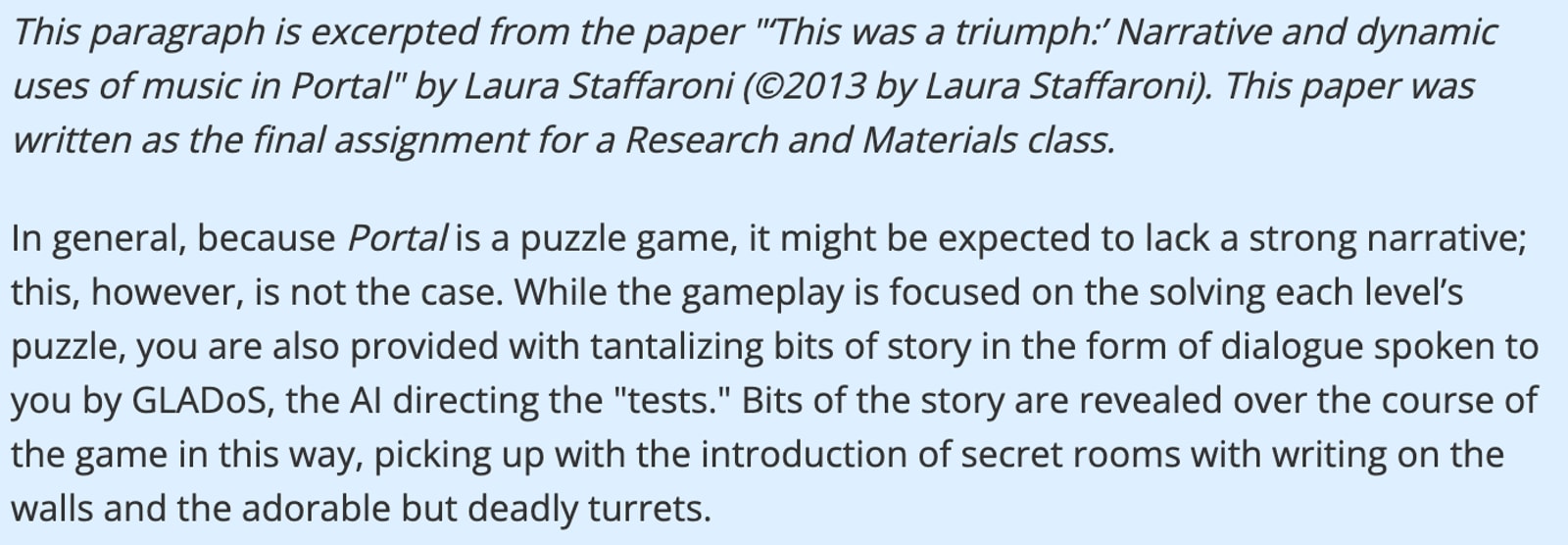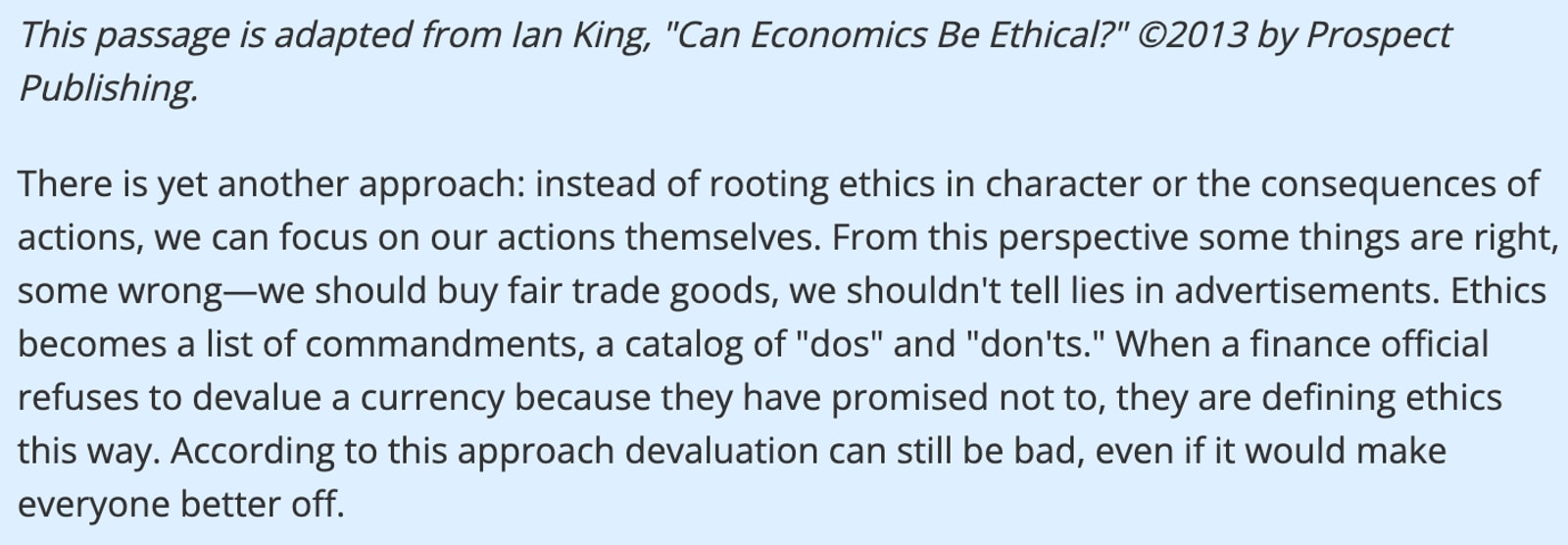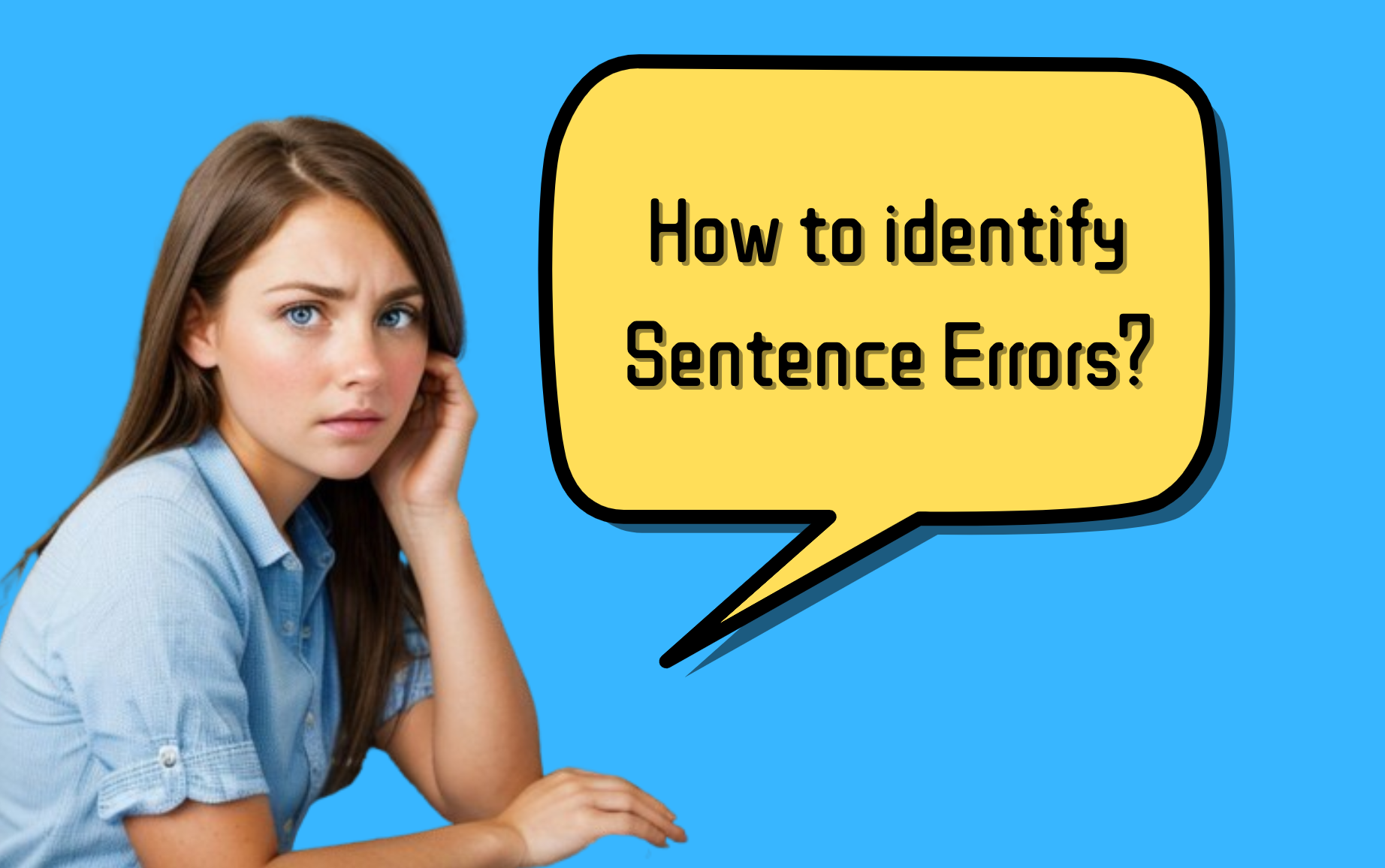Essential Strategies for Big Picture Questions in SAT Reading
Author
Hartwell
Date Published

Among the various question types in SAT Reading, "big picture" questions demand the greatest level of understanding across extensive portions of text. These questions require you to analyze and discuss the main claim or purpose of a paragraph, a passage, or even multiple passages.
How can you recognize these "big picture" questions in the SAT Reading section? Additionally, what are the best strategies for tackling them?
In the following sections, I will outline the three main categories of big picture questions you will encounter on the SAT, along with common phrasing that the SAT uses for each. Furthermore, I will share expert strategies for SAT Reading, complete with examples drawn from real practice questions.
Big Picture Questions: An Overview
In the SAT Reading section, there are three types of questions that necessitate reading extensive text and summing it up into concise answers. We refer to these as "big picture" questions.
Unlike "little picture" questions that focus on specific details, big picture questions are concerned with overarching ideas found within substantial segments of text, which may range from a single paragraph or a series of paragraphs to a complete passage (or multiple passages in the case of paired passage questions).
Mastering how to answer these types of questions will be highly beneficial in college or university, where professors will anticipate you to perform similar tasks with even more complex and academic texts.
Type 1: Main Point, Perspective, and Author Attitude
On the SAT, you will seldom encounter questions that directly ask about the main point of a passage in a straightforward manner.

Instead, you are much more likely to be asked about the author's attitude or perspective regarding a topic discussed within the passage.
Here are some examples of how I have seen these questions phrased, all adapted from actual SAT questions:

In some respects, these perspective questions resemble inference questions, but they are specifically centered on the viewpoint of the author (or narrator). What distinguishes these questions as big picture questions—rather than mere inference questions—is that the author’s or narrator’s perspective significantly influences the entire content of the passage.
Being able to address these types of perspective questions is not only crucial for achieving a good SAT score, but it also represents an essential skill to carry into your post-high school life. By understanding someone’s perspective and attitude, you can better assess how reliable their information is likely to be.
Type 2: Primary Purpose
These questions focus on determining the overall aim of the text rather than pinpointing a specific detail. Are the cited passages addressing an issue or an event? Are they attempting to review, inform, persuade, contradict, parody, or hypothesize? Primary purpose questions are nearly always phrased in this manner:

Occasionally, questions regarding purpose may serve as function questions rather than big picture questions; the classification of the question depends on the answer choices presented. More precise answer choices that provide insight into the main point of the paragraph suggest that it is a big picture question, while more vague answer options indicate that the questions inquire about the paragraph's function (what the paragraph accomplishes).
For instance, if the question states, "The primary purpose of the paragraph is to…," answer choices such as "analyze a faulty assumption" or "disparage an opposing viewpoint" suggest that this is more aligned with a function question. Conversely, if the answer choices are more along the lines of "discuss findings that offer a scientific explanation for the Venus flytrap's closing action," "describe Nawab's various moneymaking ventures," or "convey the passage's setting by depicting a place and an object," it would be reasonable to conclude that this is a big picture question.
Type 3: Rhetorical Strategy
Rhetorical strategy questions are frequently encountered, particularly in paired passages. Instead of asking why something occurs in the text (which would be an inference question), these questions focus on how something happens or has happened within the passage(s).
Unlike primary purpose questions that typically offer relatively specific answer choices (for example, "The primary purpose of this paragraph is to…explain what rhetorical strategy questions are"), rhetorical strategy questions may require a broader generalization. However, similar to primary purpose questions, the answers to rhetorical strategy questions are often framed as "verb a noun" (or more commonly, "verbs an X of Y," as in "explaining the appeal of a discredited tradition").
Abstract answer choices can be particularly challenging, as they often necessitate a degree of analogy or inference (you must evaluate whether the answer choices correspond to the passage). To navigate this effectively, first articulate the answer in your own words, and then compare it to the available options (we will provide an example of this later).
Here are some examples of questions you might encounter that fall under the rhetorical strategy category:

It’s worth noting that some of the phrasing in these questions resembles that of little picture/detail questions. Again, as with primary purpose questions, it is the answer choices that categorize the question as a rhetorical strategy inquiry.

For instance, consider the following example: This is a rhetorical strategy question because the answer choices are relatively abstract. If the answer choices were more precise (for example, "relate Maguire's study of mental athletes to her study of taxi drivers"), it would instead classify as a detailed question, requiring you to apply little picture skills to identify this specific detail within the passage.
A Brief Warning: Big Picture Questions ≠ Function Questions
It’s important to note that big picture questions differ from function questions in that they focus on what the author has conveyed, rather than why the author wrote a particular piece. The phrasing of these questions can sometimes obscure this distinction, which is why it’s essential to clarify here.
Questions concerning the author's purpose (function questions) typically ask, "Why is the author writing this?" whereas big picture questions address "What is the perspective the author is presenting or arguing?"
Similarly, questions about a paragraph's function inquire, "How does this paragraph function?" or "What is the purpose of this paragraph within the context of the passage as a whole?" In contrast, big picture questions prompt responses like "The main argument of this paragraph is," "What is the primary purpose of this paragraph?" or "The author develops her argument by…"
Strategies for Answering Big Picture Questions
Naturally, part of your strategy depends on how you approach reading the passages. If you have sufficient time to read each passage thoroughly, use that opportunity to identify the main point and the author’s perspective as you read. It's wise to perform a quick check for potential questions related to these elements—usually, they appear among the first few questions associated with the passage. Even if there are no questions that explicitly ask about the main point, understanding it can be beneficial for addressing other questions (we’ll discuss this further later).
If you choose to read the questions before returning to the passage, you can often glean a sense of the big picture simply from the various questions posed. For example, if all the questions relate to food in the UK, you can be fairly certain that the main point of the passage is not going to pertain to the Mayan calendar. In this case, I recommend tackling detailed questions first, as they are significantly easier to answer using line references. Additionally, the answers to these questions—along with the questions themselves—may provide further insights into the main point, primary purpose, or rhetorical strategy of the passage.
If you decide to skim the passage before diving into the questions, focus on capturing the key information during your initial reading and prioritize answering the big picture questions first. But how do you identify the key information? Read on for three strategies to guide you in this process.
1: Check the Introduction and Conclusion
When analyzing nonfiction passages, it is often the case that if the author has effectively communicated their message, the main point and perspective will be clear in the conclusion (and often in the introduction as well). This principle can also apply to fiction passages; however, because a clear thesis is not as crucial to the structure of a successful work of fiction, authors may not always arrange their writing in this manner.
When attempting to determine the main point of a single paragraph, this guideline can become a bit less reliable. Sometimes, significant directional words in the middle of a paragraph are essential for grasping the main idea. Additionally, concluding sentences often attempt to extend the argument beyond what has been discussed in the article, placing it within a broader context.
Nonetheless, reviewing the introduction and conclusion can provide a helpful starting point. If these sections appear to contradict each other, that is a strong indication that you need to delve deeper into the passage or paragraph to uncover the main point, primary purpose, or rhetorical strategy.
2: Use Key Words as Clues
When searching for key words in a passage or paragraph, it’s logical to pay attention to terms like "important" or "significant"—as these likely highlight crucial information. However, it’s equally important to note words that signal changes in direction, as they can help uncover key insights.
Words such as "in contrast," "while," and "however" indicate significant, contrasting information. Conversely, words like "again," "still," and "similarly" suggest that the new information is comparable to what has just been stated. By identifying these key words and examining the surrounding sentences, you can better grasp the core issues, avoiding the pitfall of simply reading the first sentence of a paragraph and assuming it encapsulates the entire point.

For example, consider the opening sentence that states, "Portal doesn’t have a strong narrative." This might tempt you to stop reading—after all, it appears you’ve identified the author’s argument, right? Not so fast! The word "however" in that sentence, along with the subsequent sentence that begins with "While," should draw your attention, as they indicate that a contrasting point is about to be presented.
3: Answer in Your Own Words First
When faced with a big picture question, try to formulate your answer using your own words before looking at the provided answer choices. It’s crucial that your response is based solely on what you read in the passage or paragraph, rather than on assumptions or ideas that are not supported by the text.
After you write down your answer in your own words, you can then review the answer choices to determine which one best aligns with your response.
However, be cautious not to oversimplify your answer with this strategy. Remember that questions about the central argument and primary purpose are focused on the specific point the author is making, rather than a general topic or theme. Additionally, since your "own words" answers aren’t graded, you should strive to use as few words as possible; you don’t want to waste too much time on something that won’t be evaluated.
Putting SAT Reading Strategies to Use: An Example
Before I set you loose on big picture practice questions, I've crafted a walkthrough of an example from an actual SAT passage to help determine the primary purpose of a paragraph.
Here's the relevant paragraph for this exercise (fifth paragraph, lines 45-56 of the passage):

Question:

Where should I start in figuring out the main purpose of the fifth paragraph?
Step 1: Check the Introduction and Conclusion
Introduction:

Conclusion:

What do these sentences reveal about the main purpose of the paragraph?
My Thinking:
Both sentences refer to whatever is discussed in this paragraph as an "approach," suggesting that the main purpose likely relates to explaining this approach. However, there isn't enough information from just these sentences to confirm that.
Step 2: Look for Direction Words
The next step is to examine the paragraph for words indicating that the author may present information either contrasting with or aligning with what has already been discussed.
Direction words in this paragraph include: "yet another," "instead," and "even if."
My Thoughts:
There are several direction words in this paragraph, particularly in the opening sentence: "There is yet another approach: instead of rooting ethics in character or the consequences of actions, we can focus on our actions themselves."
The phrase "yet another" is particularly interesting, as it implies that there have already been at least two other approaches discussed prior to the one presented here. If there was only one previous approach, the author might have simply said "another" without the "yet." The word "instead" reinforces this notion, suggesting that at least one alternate approach was analyzed in earlier paragraphs. Additionally, two alternative approaches (rooting ethics in character and rooting ethics in the consequences of actions) are listed in the same sentence.
Regarding "even if," it does add a layer of complexity. The phrase indicates that according to this new approach, devaluation can still be considered negative, even if it results in a better situation for everyone. This further elaborates on the idea that an action perceived by some as beneficial (like devaluation) can still be viewed as negative within the context of the approach described in this paragraph.
Step 3: Answer the Question in Your Own Words
The final step is to articulate your answer to the question in your own words before reviewing the answer choices.
My Thoughts:
The primary focus of this paragraph is the ethical approach that emphasizes actions themselves rather than their underlying character or consequences. Therefore, the main purpose of the paragraph can be summarized as something like, "to describe the action-focused ethics approach." Let’s see how this interpretation fits within the context of the overall passage to ensure its accuracy—yes, that seems to align well with the rest of the content.
Here’s the question again:

Now that I’ve examined the first and last sentences, identified key words, and formulated my answer in my own words, it’s time to consider each answer choice one by one.
Choice (A):
Not really. While it does present a counterargument to the other two ethical approaches, it doesn't directly address whether greed is good or bad. Additionally, this approach suggests that devaluation may be viewed as negative even if it benefits everyone, which doesn't align with a greedy perspective. I’ll mark this as a likely nope.
Choice (B):
This one is a definite no. The paragraph opens by stating that the approach being discussed is an alternative to ethics grounded in character ("instead of rooting ethics in character"). The rest of the paragraph reinforces that ethics should focus on actions, not character.
Choice (C):
Yes, this option accurately captures the essence of the paragraph. The author refers to "yet another approach," suggesting that this is at least the third ethical approach mentioned, which aligns with the evidence found in the rest of the passage. This answer connects well with my own summary of the paragraph, which was to "describe the action-focused ethics approach." This answer is certainly more accurate than choices (A) or (B). However, I will double-check the last option just to be thorough.
Choice (D):
For one, this option doesn't apply; it suggests a broad discussion about ethics that the paragraph does not cover. Additionally, isn’t that basically the same as choice (B)? They are not identical, but it's still incorrect. The main purpose of this paragraph focuses on presenting yet another perspective, specifically that ethics should be about our actions rather than our character.
Ultimately, looking back at the answers, choice (C) is clearly the one that best addresses the main purpose of the paragraph, which is to discuss "yet another" way to define ethical economics. Boom!
In Conclusion
- Big picture questions require the ability to read through a text and summarize key elements such as "What’s the point?" "What’s the author's perspective?" and "What does the author aim to accomplish here?"
- Understanding the answers to these questions is beneficial for tackling other types of inquiries, such as function and author technique questions, which depend on a grasp of the overall context of the passage.
- Regardless of your approach to the text, utilizing strategies like checking the introduction and conclusion, identifying key words, and formulating your answer in your own words will aid in effectively answering big picture questions.
Related Posts

Unlock the secret to scoring a perfect 800 on SAT Math! Learn expert strategies and test-taking tips to maximize your score and boost your confidence.

Boost your SAT Writing score! Explore essential tips, avoid common mistakes, and sharpen your grammar and error-spotting skills.